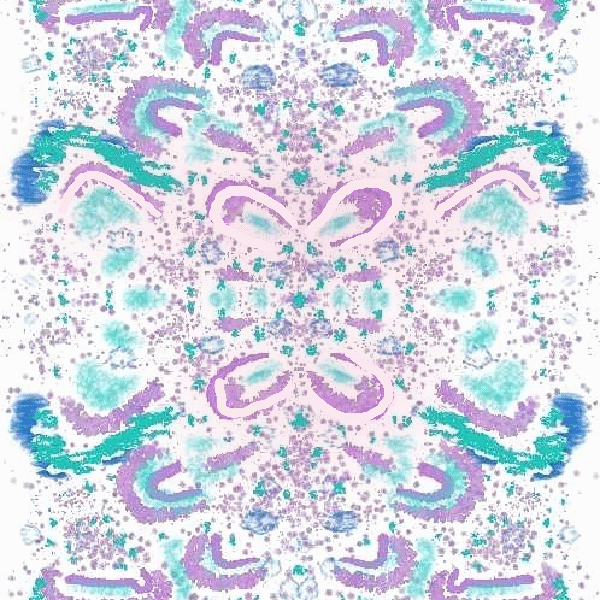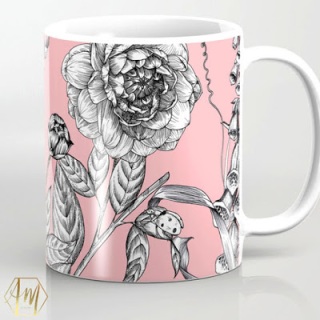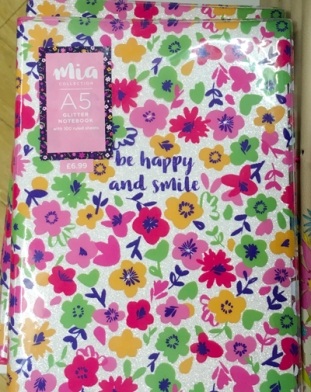This is a process I always come back to, playing with pattern and repetition. I love to crop out an element of a photograph I have taken and explore the potential it may to create something new. The question I am always asking myself how does it change the communication? Does this differ if it’s a cropped section of an image or when using the whole image as a pattern.
Photo manipulation
Another way I explore this process is through digital drawing using broad range of brushes in photoshop. This is more visual play sometimes it works and sometimes not. Using symmetry tools within photoshops allows a pattern to form quickly or gives an instant starting point to an idea. Exploring the vast range of brushes adobe has to offer allows me freedom to work without overthinking it which can often hinder my process when working analogue.
Digital















































 Experimentation with Materials to formulate print ideas, using a combination of etching ink and block printing inks, applying the ink initially with a brayer roller, achieving a smooth consistency, overlaying with more textured effect using wire wool achieving less distinct marks.
Experimentation with Materials to formulate print ideas, using a combination of etching ink and block printing inks, applying the ink initially with a brayer roller, achieving a smooth consistency, overlaying with more textured effect using wire wool achieving less distinct marks.
